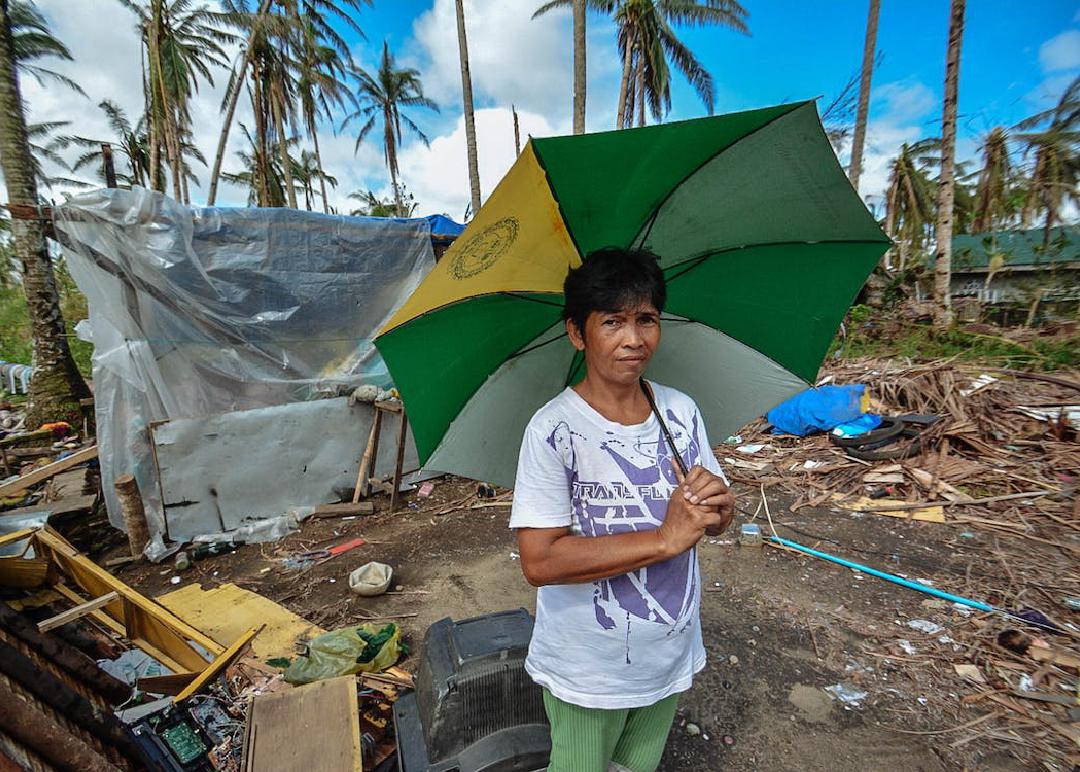Demystifying Parametric Insurance: Explaining the Role of Hazard, Vulnerability, and Exposure
As the world grapples with the increasing frequency and severity of natural disasters, the global protection gap is expanding at an alarming rate. Recent reports from PwC suggest that this protection gap could escalate to a staggering $1.86 trillion by 2025, and one of the significant contributors to this gap is flooding. Astonishingly, approximately 80% of catastrophic flood losses worldwide remain uninsured, placing individuals, businesses, and governments in a precarious position, vulnerable to profound financial devastation. This begs the question: What are the underlying factors causing this protection gap, and what strategies can insurance executives employ to bridge it?
Understanding the Components of Risk
To understand the root causes of the protection gap, we need to break down risk into its three components: hazard, vulnerability, and exposure:
- Hazard: Hazard refers to dangerous things that can happen in nature, like floods, earthquakes, or storms. It’s all about the characteristics and strength of these events. For example, a flood can be a hazard because it can cause damage and danger to people and their belongings.
- Vulnerability: Vulnerability is about how much at risk or how easily affected someone or something is by hazards. If someone or something is vulnerable, it means they are more likely to get hurt or have trouble dealing with the hazards. For instance, a poorly built house in a flood-prone area is more vulnerable to flood damage compared to a well-built house on higher ground.
- Exposure: Exposure is about being in the way of hazards. It means being in places where hazards are more likely to happen. For example, living near a river that often floods means you have a higher exposure to the hazard of flooding. Similarly, if a building is located in an earthquake-prone area, it has a greater exposure to the hazard of earthquakes.
While man-made climate change is contributing to more extreme weather and increasing the hazard of flooding, it’s not the only factor at play.
Humans have always settled in high-risk areas, such as coastal and riverside locations, due to their benefits for agriculture, power, and trade. As the global population increases, more people are exposed to extreme weather, and urban areas are becoming more vulnerable due to impermeable surfaces like concrete. This means that vulnerability and exposure are also significant contributors to the protection gap.
The Role of Parametric Insurance
To bridge the protection gap, insurance executives need to consider innovative solutions like parametric insurance. Unlike traditional insurance, which pays out based on actual losses, parametric insurance pays out based on predefined triggers, such as a certain level of rainfall or wind speed. This means that policyholders can receive payouts quickly and efficiently, without the need for lengthy claims processes.
One crucial aspect to grasp about parametric insurance is that the focus lies primarily on the occurrence of specific events, while the other dimensions of risk, such as vulnerability and exposure, are predetermined through fixed payout structures. As a result, the traditional client understanding of insurance, which typically involves evaluating individual circumstances and assessing risks, becomes less relevant in the context of parametric insurance. Instead, the emphasis shifts towards the objective measurement and occurrence of predefined events. By utilizing pre-established parameters and payout structures, parametric insurance offers a more streamlined and automated claims process, reducing the need for extensive client involvement or subjective assessments of risk.
Parametric insurance is particularly well-suited to natural disasters like extreme weather, where losses can be difficult to quantify and traditional insurance may not be available or affordable. By relying solely on the hazard dimension of a risk, parametric insurance can expand the provision of insurance and help close the protection gap.
How Riskwolf Can Help
At Riskwolf, we specialize in turning real-time data into insurance through unique real-time data and dynamic risk modeling. Our platform enables insurers to build and operate parametric insurance at scale, providing simple, reliable, and fast solutions for natural disaster risks.
By partnering with Riskwolf, insurance executives can develop parametric insurance solutions that bridge the global protection gap and provide much-needed financial protection for individuals, businesses, and governments. Contact us today to learn more about how we can help you build a more resilient future.
